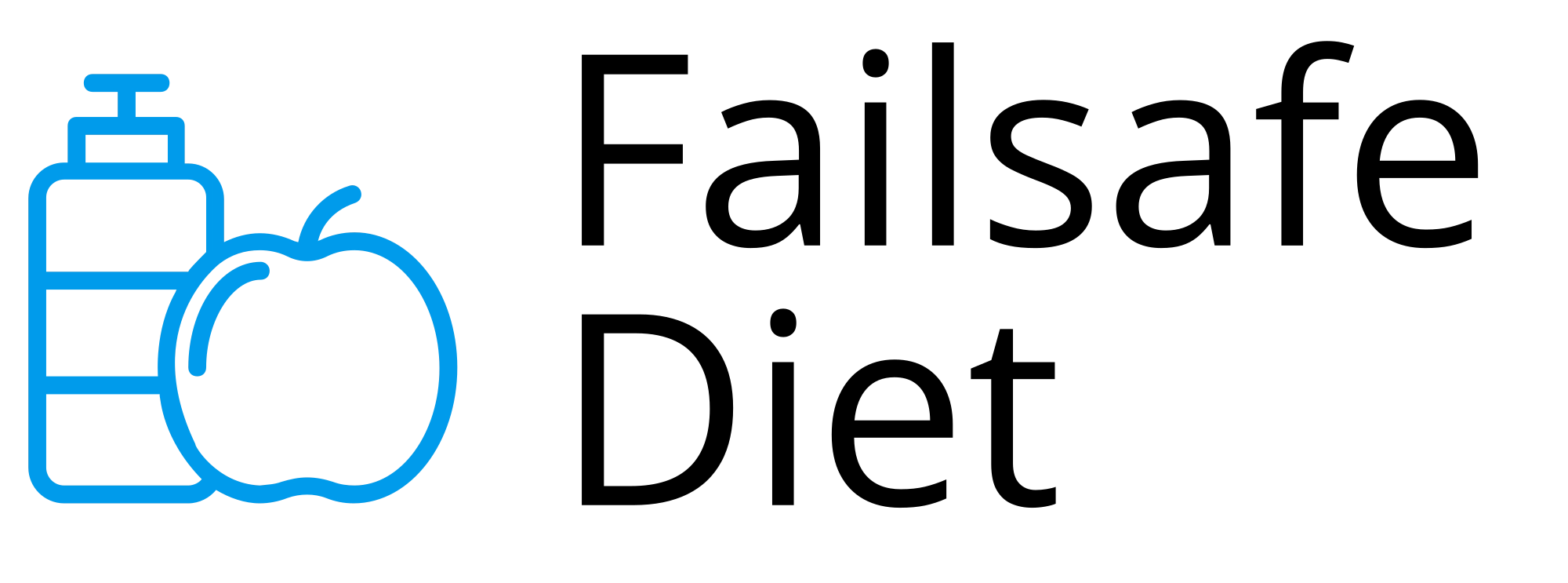Kyphosis is a condition that happens when there is an excessive curvature of the spine, which can lead to a hump-like appearance in the upper back. Almost 40% of elderly adults have kyphosis. The good news is that you can correct this condition with proper exercise.
In this post, we will discuss some techniques to help you fight kyphosis.
Why are cervical kyphosis exercises important?
Exercises, chiropractic care, and good posture significantly help with your rounded upper back. Based on studies from 2019, one of the effects of exercise on kyphosis showed that exercise may positively affect the angle of the thoracic kyphosis.
This research also suggested that both stretching and strengthening can be useful, but more research is required to fully confirm the results.
Kyphosis exercises
Before you start any type of exercise regime, make sure to consult your doctor. If an exercise or a stretch is causing you pain, you need to stop and ask for help.
Mirror image
When doing this exercise, just do the movements you are trying to correct.
Stand against the wall.
Tuck your chin slightly while bringing your head back directly over your shoulders.
Lift your shoulders up and down, and hold this posture for about a minute. If you feel pain, take a break.
If it’s too hard to touch the wall with your head, put a pillow behind and press your head into it.
Head retraction
This exercise is done while you are lying on the floor, and it’s an excellent option for your neck muscles, which are often weak and stretched out.
Pull your chin towards the floor like you are trying to make a double chin.
Hold this posture for about 15 seconds and make ten repetitions.
Superman
Lie on your stomach and extend your hands in front of your head.
Your head should be neutral, look towards the floor, and lift both arms and legs toward the ceiling simultaneously.
Hold this Superman position for three seconds and repeat it ten times.
Life Extension
This exercise aims to strengthen the weak muscles of your back and stretch the tight muscles of the chest.
Stand tall; your knees should be soft, engage your core, and keep your chest upright and your shoulder blades back and down.
Your arms should be raised into a Y position with thumbs pointed behind you.
Take three breaths and keep the same posture while exhaling.
Thoracic spine foam rolling
For this exercise, you will need a foam roller. Lie on the floor and place a foam roller across your mid-back.
Gently move the roller up and down, massaging your back and thoracic spine muscles.

Types of kyphosis
While kyphosis mostly affects older people, anyone can suffer from this condition. Here are the most common types you should be aware of:
Postural kyphosis: usually happens because of poor posture or from fractures or weaker bones.
Congenital kyphosis: unfortunately, this type affects babies, and it occurs because their spine develops incorrectly. Congenital kyphosis has to be treated with surgery.
Metabolic or nutritional kyphosis: affects bone formation and density and can cause metabolic kyphosis.
Scheuermann’s kyphosis: if Schmorl’s nodes are visible alongside kyphosis, then this condition is called Scheuermann’s kyphosis.
Age-related kyphosis: our spinal disks lose their height as we age, affecting the spine’s natural curvature. Conditions like osteoporosis can weaken your bones and eventually lead to kyphosis.
Causes and treatment
Common causes include:
- Altered movement patterns
- Muscular weakness
- Compression fractures
- Degenerative changes
Many doctors associate this condition with bad movement patterns and poor posture. Even short durations of poor posture can cause negative changes to your spine.
If you spend too much time in a bent position, your head starts to retain a forward position. This causes additional stress and weight on your neck and spine. The head needs to be directly over the body, creating a straight line from shoulders to ears.
If you practice proper posture and engage in exercise to strengthen your neck and back, you can lighten the load.
